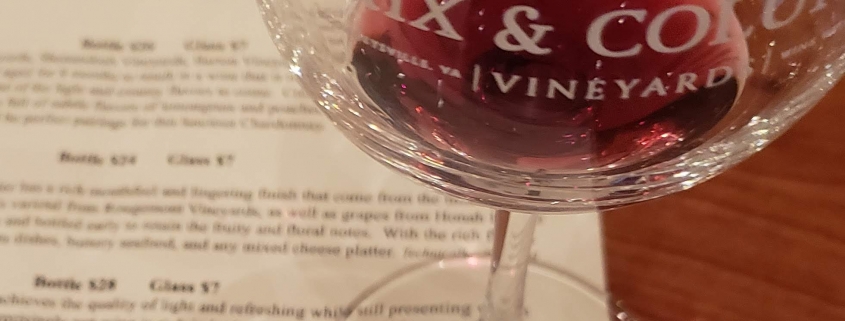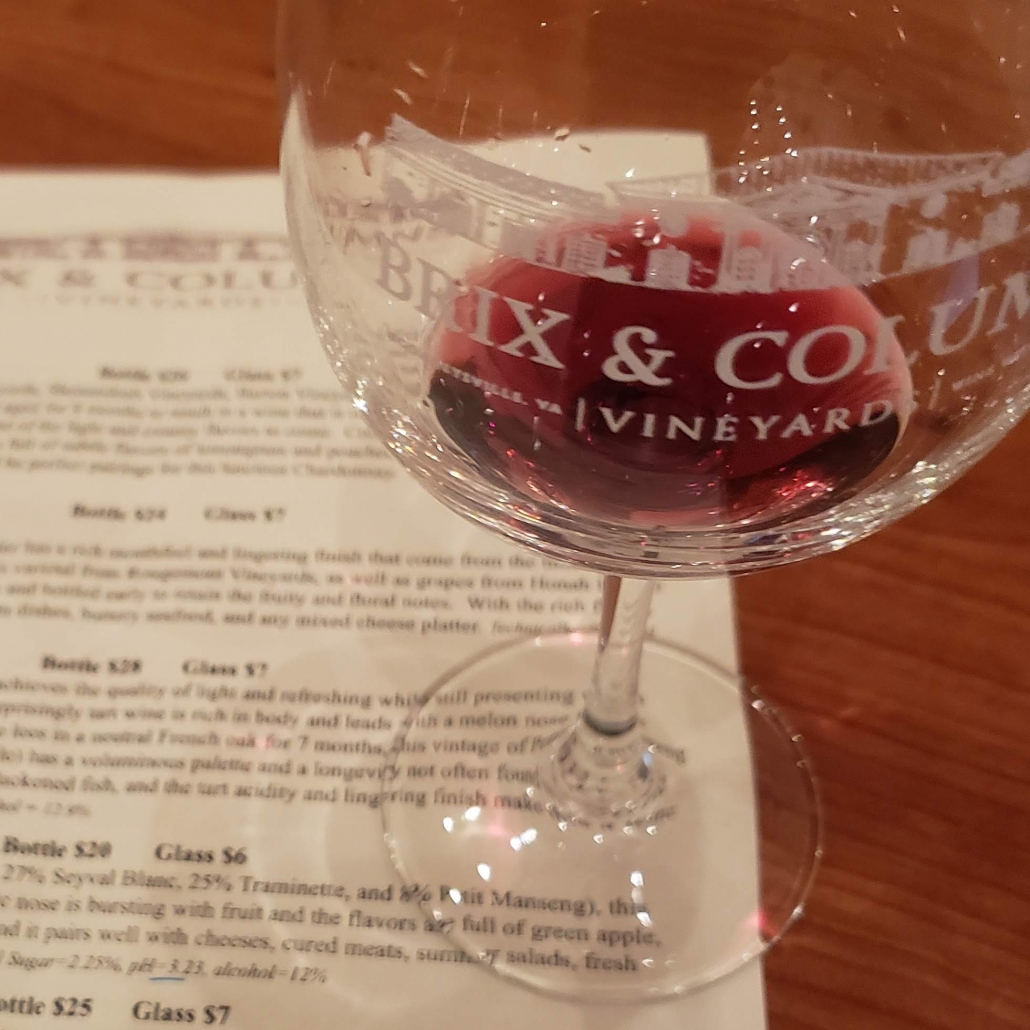Structure: Not Just for Buildings!
Boy, oh boy, over Christmas, Mom and Dad went on a vacation, and the three of us boys had the adventure of a lifetime! Ryland, Winston, and I invited Erin and her daughter Halla to stay with us for the two weeks our parents were gone, and it was like a constant party. We ran, we played, we ate, and we napped. There were rules (but we broke them), there were early nights (but we refused to go to bed), there were new toys (but we destroyed them), and there was an attempted structured schedule (but we overruled it). It. Was. Glorious.
Then Mom and Dad came home and straightened us all back out. It turns out that pups like us need a little bit of structure in our lives. I was reading the front of Mom’s shirt when she was giving me a few extra cuddles today, and I realized that the tagline for our vineyard is “Wine with Structure”. That makes sense because the structure of our tasting room is a little hard to miss when you are driving up to visit us. Our building is one that announces itself with a classical elegance that is reminiscent of the Jeffersonian architecture that influences it. Or so I am told. Who the heck this Jefferson guy is, I may never know. I’m just a little boy still!
Structure in wine, though? How does that work?
After reading a bit, I found out that the structure of wine is a little bit different than the structure of a building EXCEPT that without structure, both wines and buildings fall flat. In order to find the structure of your wine, you have to put the flavors aside, and, instead, notice the way the wine feels in your mouth and what sensations it brings about.
There are five components that make up a wine’s structure Each of these components brings different qualities to the overall product, so it is important that they are in proper balance.
Acidity – The higher the level of acidity is in wine, the lighter and brighter the wine seems and the more your mouth waters. When tasting, you can determine the acidity of your wine by noticing if it creates a tingling sensation on the front and sides of your mouth; if it does, the wine is high in acidity. You might also notice a rough sensation when you rub the tip of your tongue against the roof of your mouth.
Alcohol – The body of a wine gives you clues about its alcohol content. The fuller-bodied wine is, the more alcohol it likely has (and tannins and acidity, too). Wines that are lower in alcohol feel lighter in your mouth. Beware, though, you don’t want to be able to taste or smell the alcohol in your glass.
Body – When you notice how heavy or light a wine feels in your mouth, you are noticing the body of the wine. A fuller-bodied wine will not only present more robustly in your mouth, but it will also have a noticeably longer lingering finish. When you encounter a wine that you want to describe as bold or powerful or assertive, you can be sure that you have met a wine that is full of body!
Sweetness – When you perceive the sugar present in wines, you are recognizing how sweet they are, but sometimes that perception can be influenced by the smell of sweetness in the wine. The acidity levels or presence of tannins can also make wines seem sweeter or drier. To accurately measure this component, use the very tip of your tongue to dip into the wine to detect sweetness without being influenced by the aromatics. When you are drinking wines on the sweeter end, you may also notice an oily sensation in the middle of your tongue.
Tannins – If you have ever tasted a wine that made your mouth feel dry even after you swallowed, you can be sure that the wine was high in tannins. Tannins make their way into wine from the skins, seeds, and stems of the cluster, and they help to add color and ageability. Wines that are lower in tannins present as softer and rounder when you drink them. Tannins will make their presence known by creating a bitter taste on the front and sides of the tongue.
I know you already have a lot to think about when tasting wines, so just start while you are drinking a glass of your favorite wine. Notice the different sensations the wine is causing in the different locations of your mouth. By recognizing the structural elements of your favorite wines, you can start to fine tune your sense of what characteristics you are seeking when on the hunt for your new favorite bottle. .
After reading all of this it seems like structure is important for buildings, wine, and puppies; I guess Dad was onto something when he came up with our tagline!








